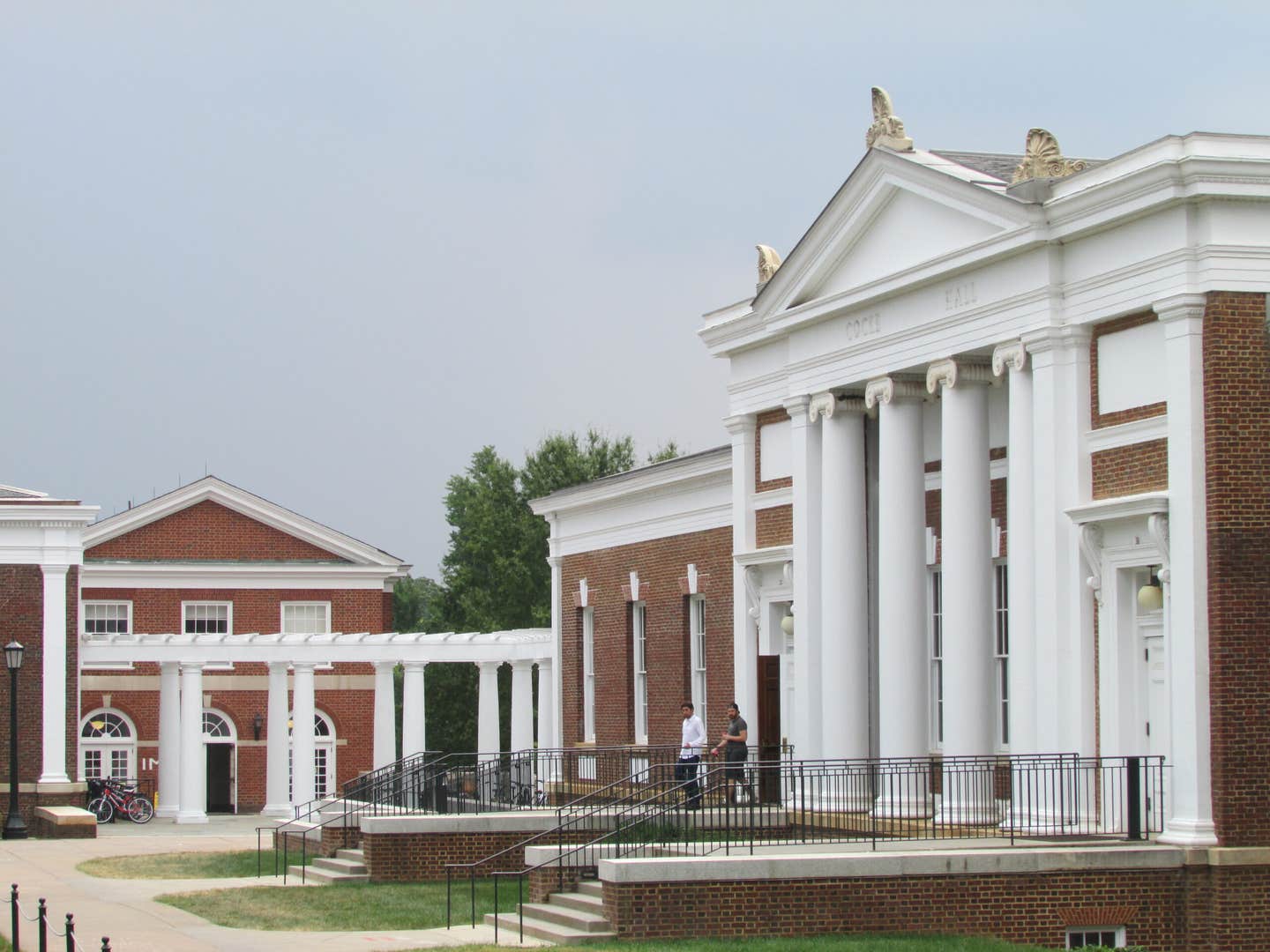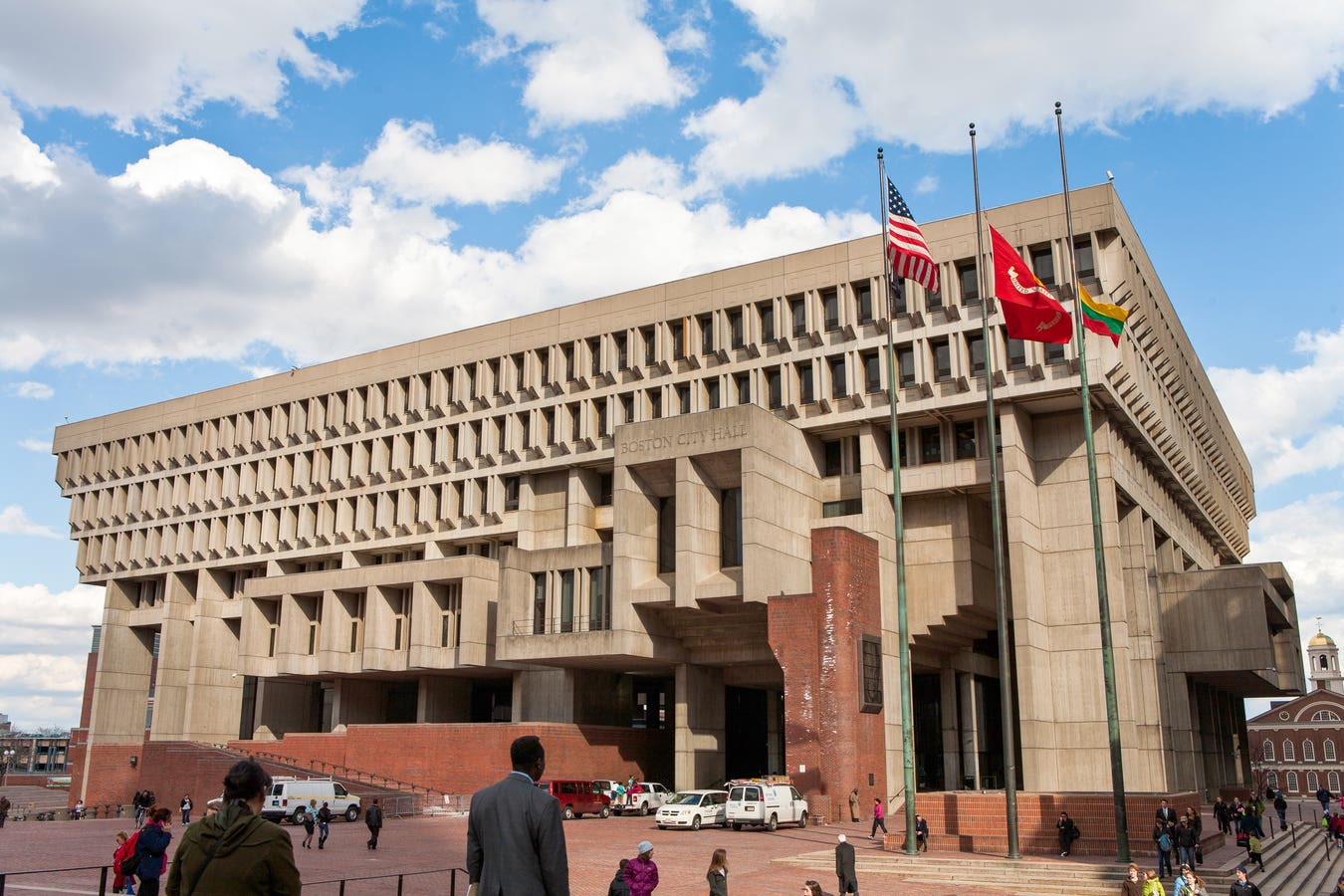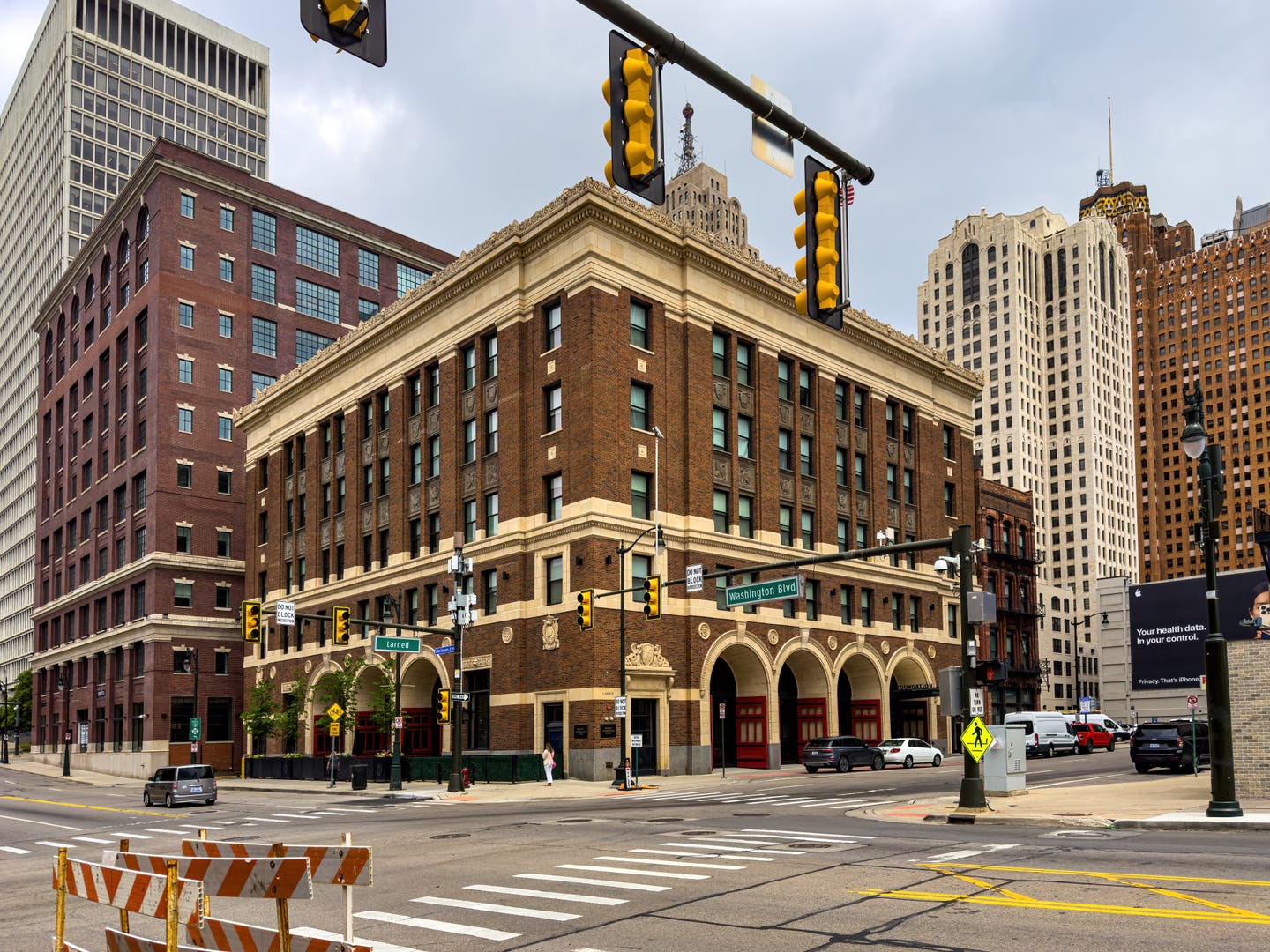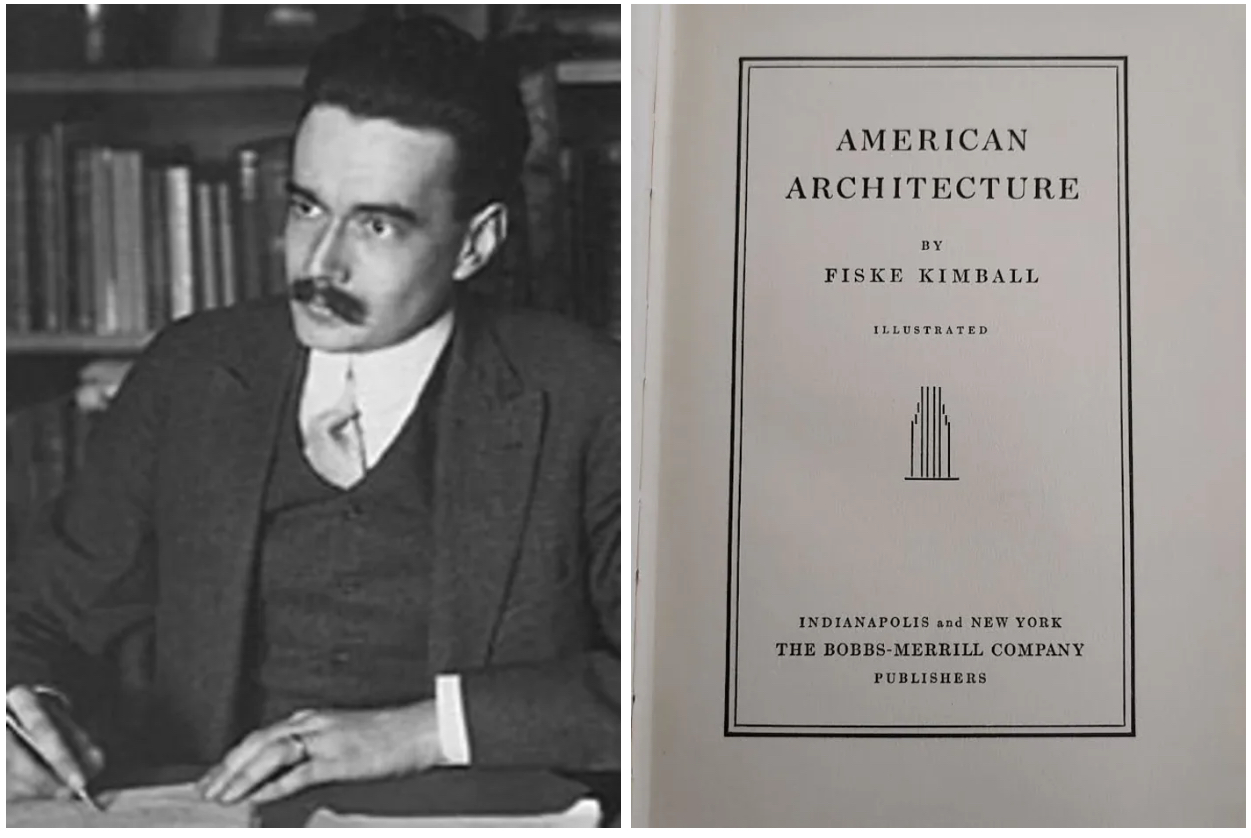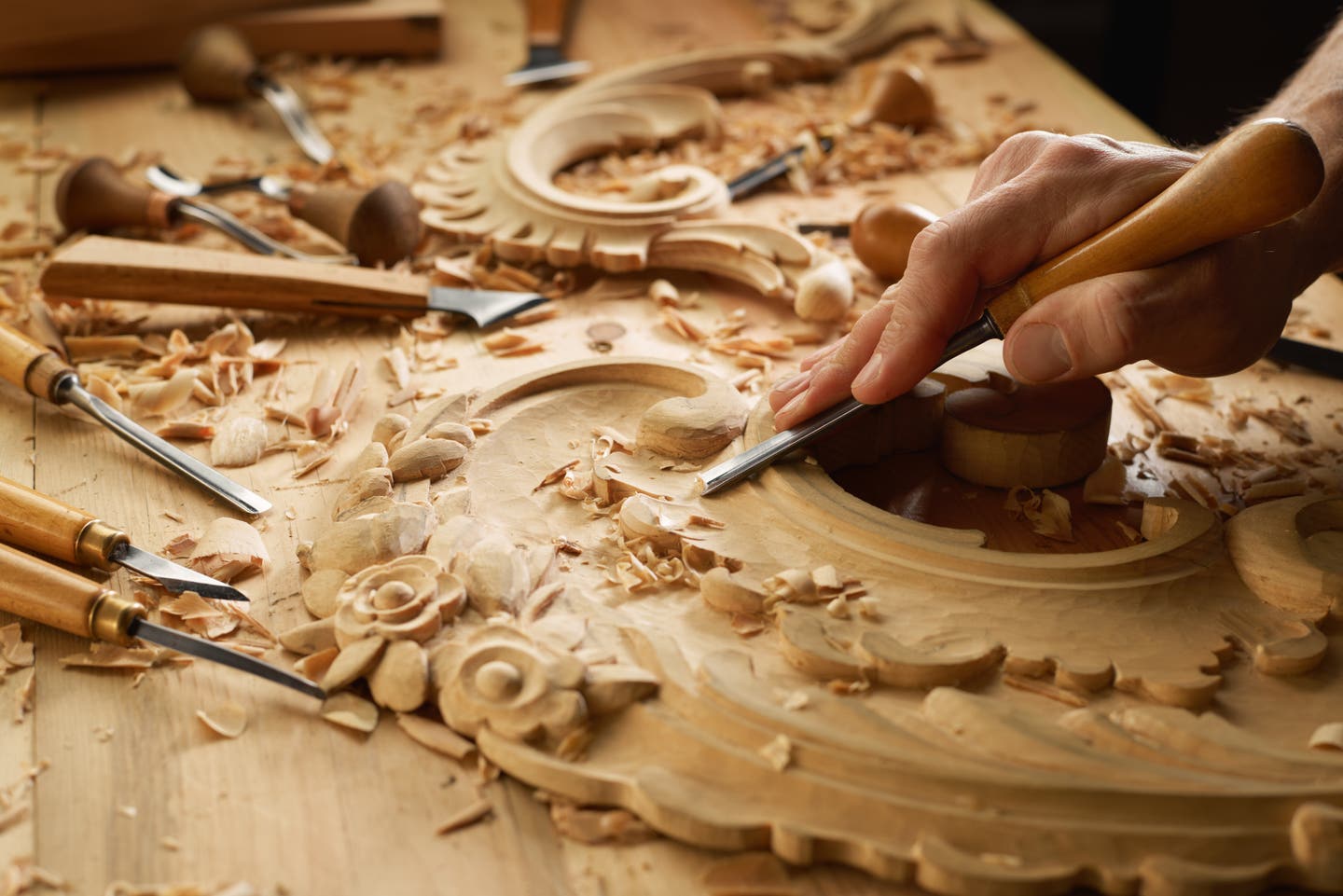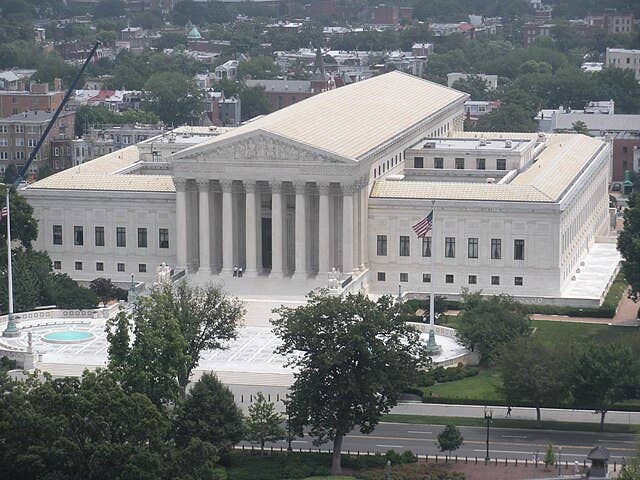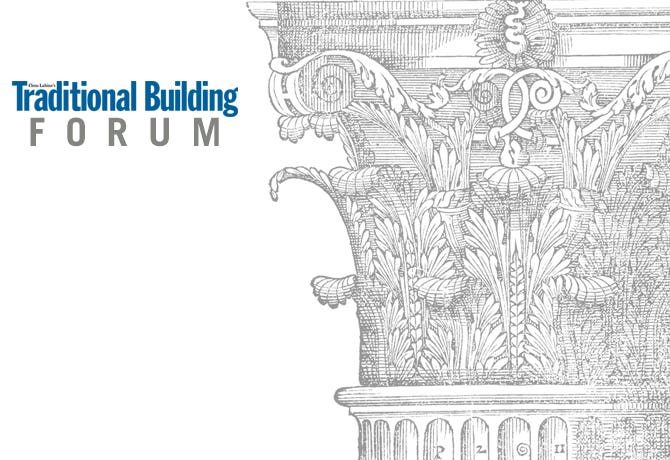
The Forum
The Urgent Purpose of Modern Traditional Architecture
Massive redevelopment projects are underway on brownfield sites and discredited urban renewal sites in many American cities. They acknowledge the failure of earlier visions, but their new vision of architecture and urbanism are based on new fashions, not on new purposes.
In one respect, building them differs not one bit from the way cities have always been built and rebuilt: it requires the government's authority. City building always reveals how that authority is used to attain what it considers to be the common good. The actual construction is done by the culture of building, which now embraces developers, financiers and owners, building officials, architects, critics, the related publishing and educational enterprises, and everyone else involved in the design, construction and maintenance of the physical locales where governments operate. This culture of building is necessarily intertwined with the legal, economic and social structure. Together they constitute the traditions that bind a people into an association of individuals united by a common understanding of what constitutes the common good.
The tradition that has long served the common good and has bound people into a community in the city has been kept vital with innovations that draw on new knowledge and address new circumstances. And so too buildings; they draw on tradition and innovation and provide a recognizable expression of the purposes of the institutions that serve the common good. In cities that are loved, the beauty of the whole provides a visible counterpart to the commitment to the common good.
A city's traditional architecture uses an apparatus of forms based on the human analogy (and not the machine analogy) for its public and private buildings, and their hieratic order within the city demonstrates a common agreement about what is valued. Among the buildings the diversity of their compositions and characters express the variety of activities that the city embraces. The entire array of buildings, open areas, and elements binding them into the visible city reveals what its government's authority allows to be built to serve the common good of all of the city's individuals.
In the pre-modern era the authority they displayed ran through the hierarchical order within religious institutions and their lesser counterpart in civil institutions, before reaching down to the commercial activities that sustained them and the residences of those who were remote from that authority. In the 18th century, a pair of revolutions turned this tradition upside down and led to the modern age. One of them came from the challenge to traditional knowledge that modern science and skepticism launched. It would allow the subsequent industrial, commercial and technological revolutions to produce means and ends that architecture eagerly absorbed.
In the early 20th century Modernism emerged from it, promising progress and an exciting future, but they failed to appear.
The culture of building that had absorbed the Modernist doctrines turned out to be incapable of serving the traditional purpose of government. It made the best of its political program's failure by having the new fashion in architecture accepted as the aesthetic expression of the modern age.
The other revolution modernized traditional knowledge and the traditional understanding of human wellbeing. It led to a political association founded on the self-evident truth that justice resides not in a hierarchical order of individuals but on the self-evident truth that nature has created all people as political equals. And it has endowed each individual with the capacity to know best how to pursue the fullness of his or her nature and with reason adequate to work with others in a political association to achieve happiness for themselves and others. This is the American political association that vests authority in majority rule with the protection of minority rights. It ramifies this authority within a broad range of entities from the national union to neighborhood associations and from commercial corporations to institutions of higher learning. They are to build to serve the common good, the public good, and to protect the liberty of each individual to pursue his or her happiness in association with others.
This authority built the American version of the traditional city, but Modernism, tradition's nemesis, then began destroying it and building something else. The Modernist building culture was given the authority to act as the director of a gallery that displays the latest fashions of the starchitects of the newest top-of-the-line commercial buildings and institutions serving high culture. It is a machine for the production of wealth where roadways serve transportation, not people, and degrade public open areas and where the goods of commerce are more valued than the common good.
The city's service to wealth contrasts sharply with its service to the less prosperous whose facilities are always much more numerous. Modernism blights the buildings lining roadside suburbia, the schools and other public buildings built on the cheap in Modernists hand-me-down styles, and, most egregious of all, the vast tracts of economically segregated cheap suburban single-family residences and apartment complexes. But little better is what is built for those who are prosperous enough to choose where and in what they will live. What they can buy displays the lamentable inability of builders to supply what both the prosperous and the poor want, which is good traditional neighborhoods and buildings.
The only popular movement that has fought Modernism is preservation, but it has recently drunk the Kool-Aid. Having educated people to rally to save traditional buildings, activists and officials are now finding it hard to garner support for Modernist buildings that have reached the threshold age for designation. They also now further betray preservation's purpose by invoking the Modernist dogma that modifications or additions to traditional buildings and districts must be "of our time." They have lost sight of the traditional city, the one Modernism cannot abide or build, and have become mere curators of the city as a museum of styles.
The traditional city is architecture's natural home and the home of the common good.
Modernists' best efforts have failed to achieve totalitarian dictatorial authority in the culture of building, and traditional architects are again growing in number and ability. Now they must work to restore authority to the culture of building whose first interest is using architecture to build cities that protect the liberty of each individual to pursue his or her happiness in association with others. TB
Carroll William Westfall, the Frank Montana Professor of Architecture at the University of Notre Dame, is an historian of architecture with a special interest in the continuity of its service to the political life of the city. His book, Architecture, Liberty and Civic Order: Theories of Architecture from Vitruvius to Jefferson and Beyond is scheduled by Ashgate for publication this summer.
If you would like to submit a Forum or have an idea for one, please contact editor Martha McDonald at mmcdonald@aimmedia.com.



